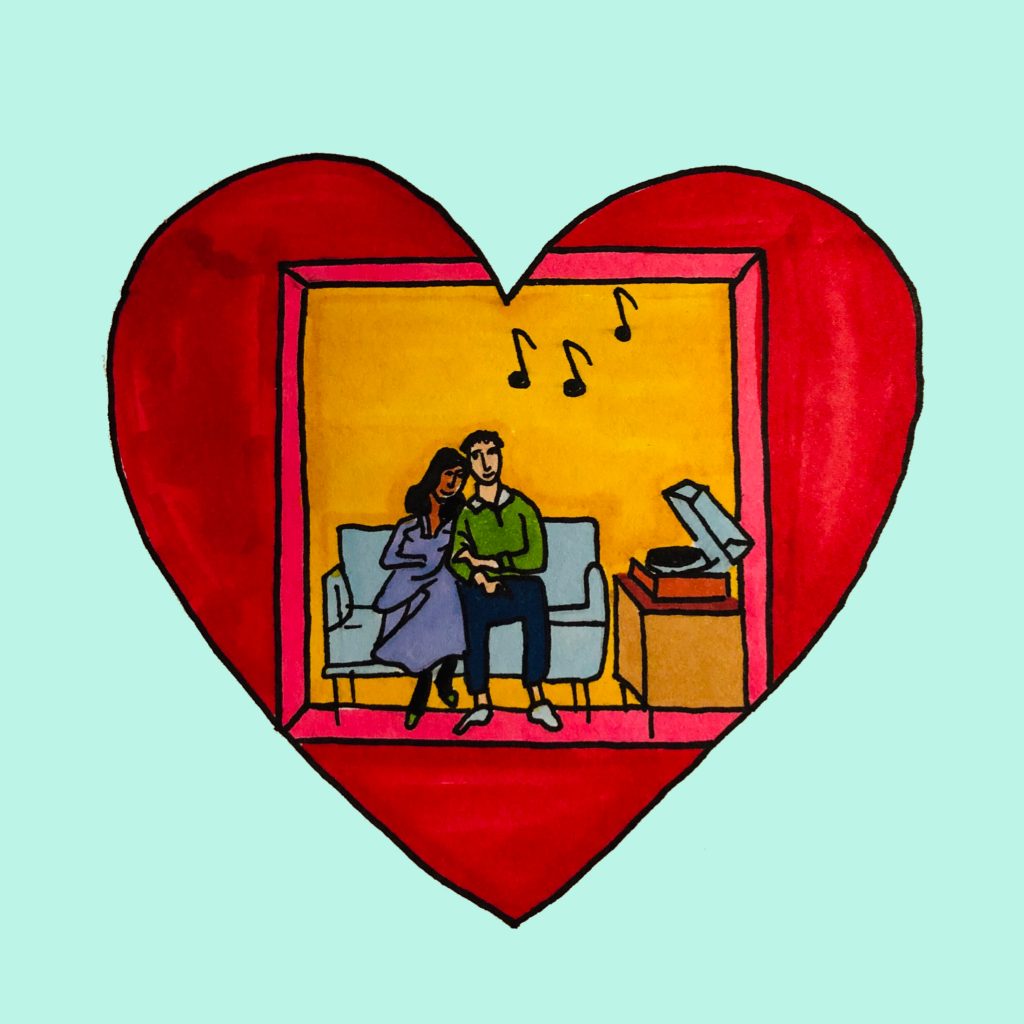Love songs have been around for centuries, expressing tones of passion, heartache and affection. From “Can’t Help Falling in Love” by Elvis in 1969 to “You Belong With Me” by Taylor Swift, love songs have modernized tremendously throughout the years, becoming more fresh and relevant. Most people don’t realize this, but there is actually scientific history behind the timeless love songs that you’ll be hearing as February 14th approaches. There were, and still are, arguments about evolution being involved in the correlation of mating acts and love songs. In fact, the father of evolution himself, Charles Darwin, studied the mating patterns of birds, and wrote his observations in his book, The Descent of Man. It had was scientifically proven that the melodies that the birds sang played an imperative role in their mating habits, but Darwin looked at those as almost the “prototype” as they evolved into more complex melodies. Darwin inferred that, like these birds, the earliest humans used their voices musically to attract mates, before developing language using words. He said this music was powerful, and especially during courtship season, expressed “various emotions such as love, jealousy, triumph, and would have served as a challenge to rivals” to impress the opposite sex.
This theory of Darwin’s was questioned and disagreed with by many. First of all, our most common ancestor, the monkey, doesn’t sing, but rather howls, and the modern day love song certainly does not sound like that. A second debunk is how when “love songs” were in the beginning of their music based time, they were performed in groups, rather than one person singing directly to another. For example, a drum circle; a concept expressing group cohesion rather than romance. People thought that love songs started with this idea of uniting as whole, not as an intimacy act. An intimate expression between two people is obviously not to an entire group.
There is much evidence of love songs through ancient history as well, including many religious lyrics and poetry. A remarkable ancient love song writer was a priestess who lived in Mesopotamia by the name of Enheduanna. She crafted a song directed at her Sumerian gods. Researchers have access to a block of lyrics that she wrote, saying, “I will lay out mighty love clothes, I know how exactly, I will look so fine, I will make you feel like a king” Speed up those lyrics, put them into a rap soundtrack, and they would not sound out of place.
Music is capable of uniting people in several ways, and can even bond isolated individuals into a larger whole. The love song, which will be heard a lot at this time of year, is a more intimate derivative of this concept. About 40% of all pop songs are “love songs”, so even with a modernized and more techno spin, they still express love. This Valentine’s Day, don’t hesitate to consider how deeply we’re acting on biology when you’re jamming to your favorite love song, whether it’s Taylor or Elvis.
Tess Cundiff
staff writer
Graphic: Evie Cullen

